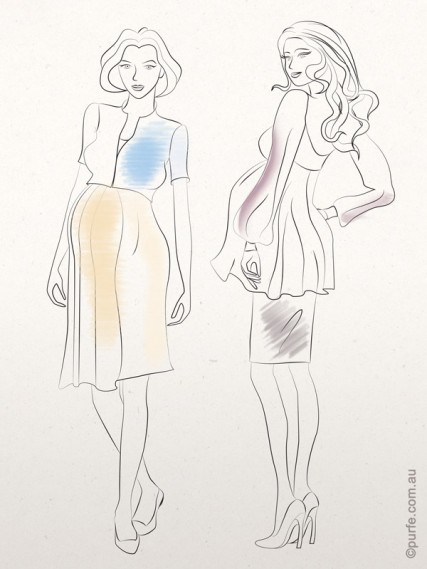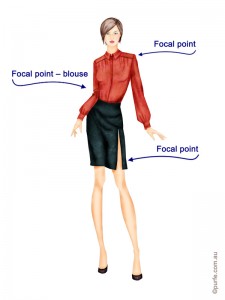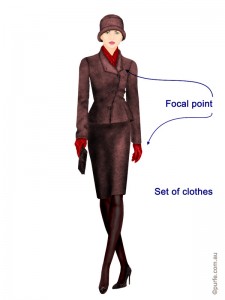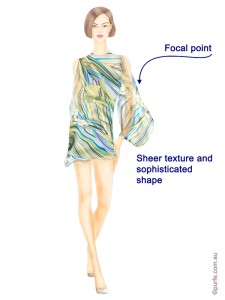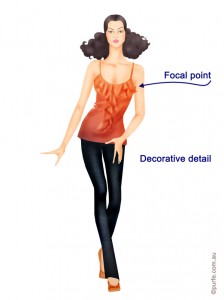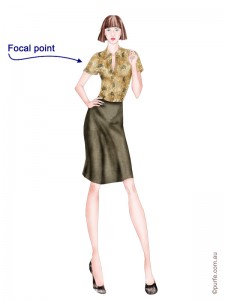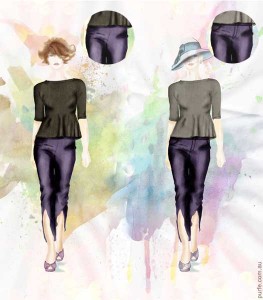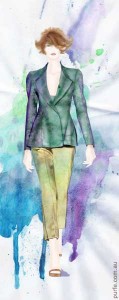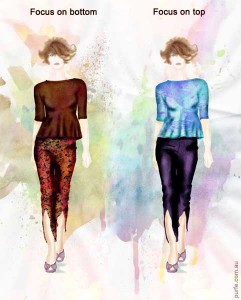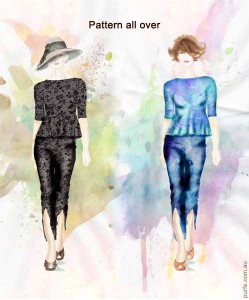The topic of right pants length came up while I was choosing pants for Christmas party outfit for my friend. She suggested to make a handy tutorial about this. Being a pants person for some part of my life I definitely accumulated a bit of knowledge on the topic. It did, however, seemed too obvious to write about. Can’t we all tell how pants should fit?
I parked idea on a side while one Friday night in the City I started to pay attention for girls in pants. Huge crowd of women swept past me wearing jeans, flared, cropped pants, skinnies of various colours and styles. Surprisingly, however, I could count those fitting well with the fingers of one hand. And that’s only taking into account the length, not even the style or fit. I was dazed. The need of a good article explaining the concept was obvious.
What is the Right Length for Skinnies?
I could count 3 ways women wear skinny jeans: tucked, scrunched around the ankle and cuffed. And, actually, there is one more. I do remember seeing a desperate attempt to make skinny jeans reach the middle of 11 cm heels. That was giving an impression of having hoofs. Quite unusual sight.
The version when pants stop at ankle is so rare that I didn’t even count it as “way to wear”. Meanwhile, it is the only right way to wear non-cropped skinny pants. They should hit at the ankle. No trade-offs.
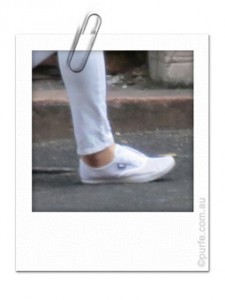
The right length for skinny pants
And yes, after some hunting, I’ve spotted one with correct length. They could be about 1 cm longer for heels then those worn with flats, but no more than that.
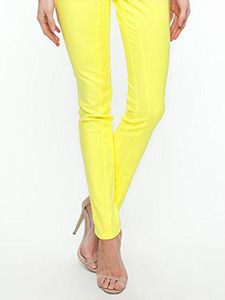
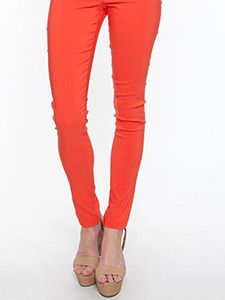
Most tapered pants are also obeying “ankle length” rule.

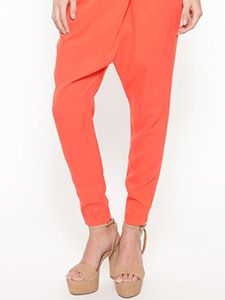
But what about scrunching?
Well, it depends. I’ve seen very nice look with skinnies slightly scrunched at ankle. The main word is slightly. The other important detail is wearer’s figure, build. It was a quite a lean young girl with narrow hips and long legs. In other cases scrunching tends to break up a silhouette line and makes figure appear stumpy.
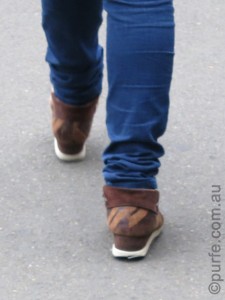

Scrunched skinnies? No, thanks.
Long skinnies have great potential for shortening. Excess of length can be easily fixed, but its lack is a tricky thing to deal with.
Cuffed skinnies
It is one of the major sartorial crimes to cuff skinny jeans and pants to an ankle length. Shortened in that manner pants cry out loud they are not fitted properly (or trend is too original for me to appreciate).
The only way to cuff skinnies is to roll them above the ankle to resemble cropped pants. Of course, made in such way cuffs should not bulge out with all its multilayered fabric glory.
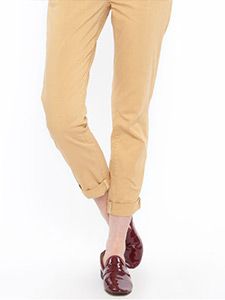
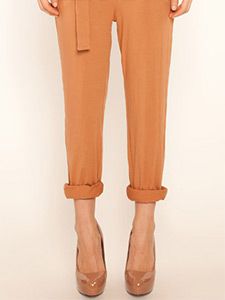
Colour is another characteristic to think about. I’ve noticed that cuffs look best on light coloured pants where the difference between right and wrong sides of the fabric is not well defined so contrasting cuff does not break off the leg line.
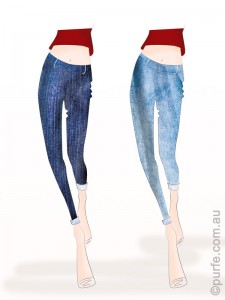
Practical considerations
Now, before taking a pair of skinnies to the tailor let me mention couple of handy points.
Shrinkage. Any pants (especially denim and linen) should always be washed a few times before tailoring as they may shrink lengthwise. And then, few times more. And even then, many will still shrink up over the time. So it might pay to wait while fabric is settled.
Tapering. Initially skinnies are made to be tight enough at the ankle. However, shortening can make them wider around the edge. So the hem of the pants which is designed to be the narrowest and sexiest part of the jeans may start to jiggle around. Even an extra 2 cm of excess fabric may be enough to throw the whole look out of balance. So check it twice and ask your tailor if something could be done to slim the ankle if necessary.
To be continued.
Some pants shown in this article are available from The Iconic store at the time of publishing.
You may also like to read about:
Right Pants Length: Flared, Bell-bottom, Wide Leg Pants.

